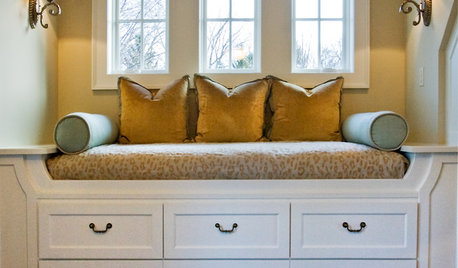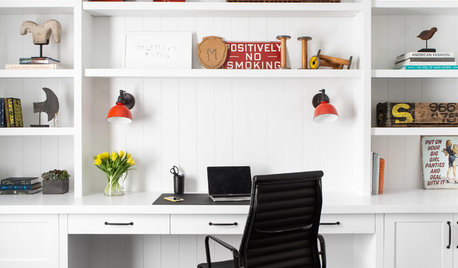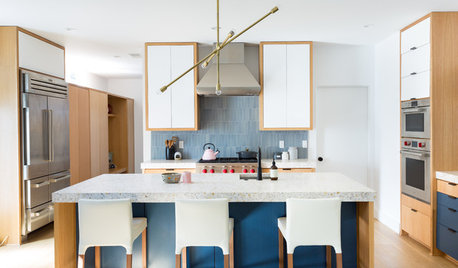knees in taxodium bonsai, photos and help needed.
Notocactus_Scopia
19 years ago
Related Stories

LIFEDecluttering — How to Get the Help You Need
Don't worry if you can't shed stuff and organize alone; help is at your disposal
Full Story
SMALL SPACESDownsizing Help: Storage Solutions for Small Spaces
Look under, over and inside to find places for everything you need to keep
Full Story
DECLUTTERINGDownsizing Help: How to Edit Your Belongings
Learn what to take and what to toss if you're moving to a smaller home
Full Story
REMODELING GUIDESKey Measurements to Help You Design the Perfect Home Office
Fit all your work surfaces, equipment and storage with comfortable clearances by keeping these dimensions in mind
Full Story
ORGANIZINGDo It for the Kids! A Few Routines Help a Home Run More Smoothly
Not a Naturally Organized person? These tips can help you tackle the onslaught of papers, meals, laundry — and even help you find your keys
Full Story
BATHROOM DESIGNKey Measurements to Help You Design a Powder Room
Clearances, codes and coordination are critical in small spaces such as a powder room. Here’s what you should know
Full Story
UNIVERSAL DESIGNMy Houzz: Universal Design Helps an 8-Year-Old Feel at Home
An innovative sensory room, wide doors and hallways, and other thoughtful design moves make this Canadian home work for the whole family
Full Story
STANDARD MEASUREMENTSKey Measurements to Help You Design Your Home
Architect Steven Randel has taken the measure of each room of the house and its contents. You’ll find everything here
Full Story
BATHROOM WORKBOOKStandard Fixture Dimensions and Measurements for a Primary Bath
Create a luxe bathroom that functions well with these key measurements and layout tips
Full Story
STANDARD MEASUREMENTSThe Right Dimensions for Your Porch
Depth, width, proportion and detailing all contribute to the comfort and functionality of this transitional space
Full StorySponsored
More Discussions





mark_rockwell
Leo_in_Zion_IL
Related Discussions
Need Help Identifying Bonsai Species
Q
Mystery Pre-Bonsai Needs Your Help
Q
Big pictures of my Bonsai - Need Help
Q
Taxodium distichum 'Secrest W.B.' photo gallery
Q
mark_rockwell
scott1003tree
Brigan
bushwhacker
mark_rockwell
Grimlea
mrgreengenes
Grimlea
Grimlea
dav4
Grimlea
Notocactus_ScopiaOriginal Author
Grimlea
mrgreengenes
Grimlea
mrgreengenes
mark_rockwell
Grimlea
mark_rockwell
Grimlea
Grimlea
Old_Mister_Crow
Grimlea
tim_moose
mark_rockwell
Grimlea
mark_rockwell
Grimlea
Old_Mister_Crow
mark_rockwell
Grimlea
mark_rockwell
scott1003tree
mark_rockwell
scott1003tree
mark_rockwell
scott1003tree
mark_rockwell
scott1003tree
Old_Mister_Crow
scott1003tree
stumpdigger
Illusnist
mark_rockwell